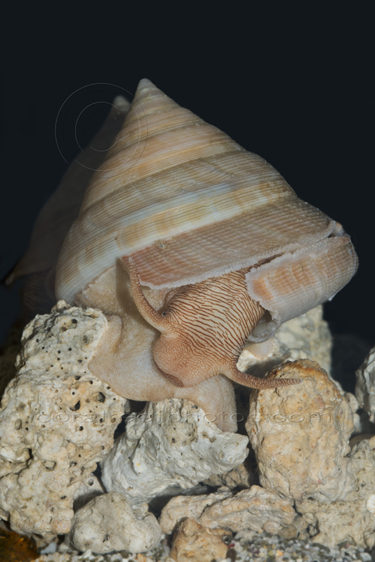 Hi all, as most of you already know I have the worlds largest collection of live slit-shell photos from all over the Caribbean and now I have them from St. Eustatius. These little beauties were all found on the same trip and they looked different than others we had seen from other areas of the Caribbean, meaning they seemed smaller and lighter then normal. These were all collected by the Smithsonian Institution and Substation Curacao on their two week expedition to St. Eustatius and yours truly got to spend many a day with them with camera in hand.
Hi all, as most of you already know I have the worlds largest collection of live slit-shell photos from all over the Caribbean and now I have them from St. Eustatius. These little beauties were all found on the same trip and they looked different than others we had seen from other areas of the Caribbean, meaning they seemed smaller and lighter then normal. These were all collected by the Smithsonian Institution and Substation Curacao on their two week expedition to St. Eustatius and yours truly got to spend many a day with them with camera in hand.
Below is a little excerpt from:
http://shells.tricity.wsu.edu/ArcherdShellCollection/Gastropoda/Pleurotomariidae.html
First illustrated by a Japanese naturalist in 1843, the slit shell family consists of top shaped shells characterized by a remarkable slit in the edge of the outer whorl. A circular operculum is present, and the slit permits discharge of the excretory stream. Sculpuring of the shell is not deep, and the reddish beading follows spiral lines. The family is largely extinct, with only sixteen species known to be still in existence. Most extant species are in the genus, Perotrochus, characterized by a shorter, wider slit; the remaining two species, in genus Entemnotrochus, are characterized by a longer, narrow slit. The mollusc is evolutionarily primitive and lives as a grazer, raking and filtering fine organic debris from the soft sands on the bottom where it lives. It is found in tropical and subtropical waters, typically at 400-600 foot depths. These shells are highly prized and rarely found in collections. The Pleurotomaricacea superfamily includes in addition to the slit shells, the Scisurrellidae and Haliotidae (abalone) families, which are also primitive grazers that share many common evolutionary features.
MORE









I believe that I have one of these.
Is it possible that I can send you a picture to verify it?